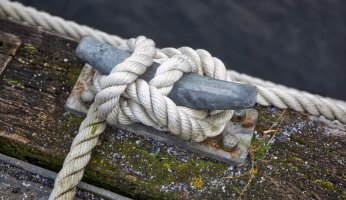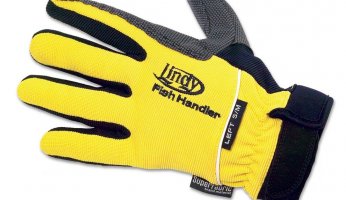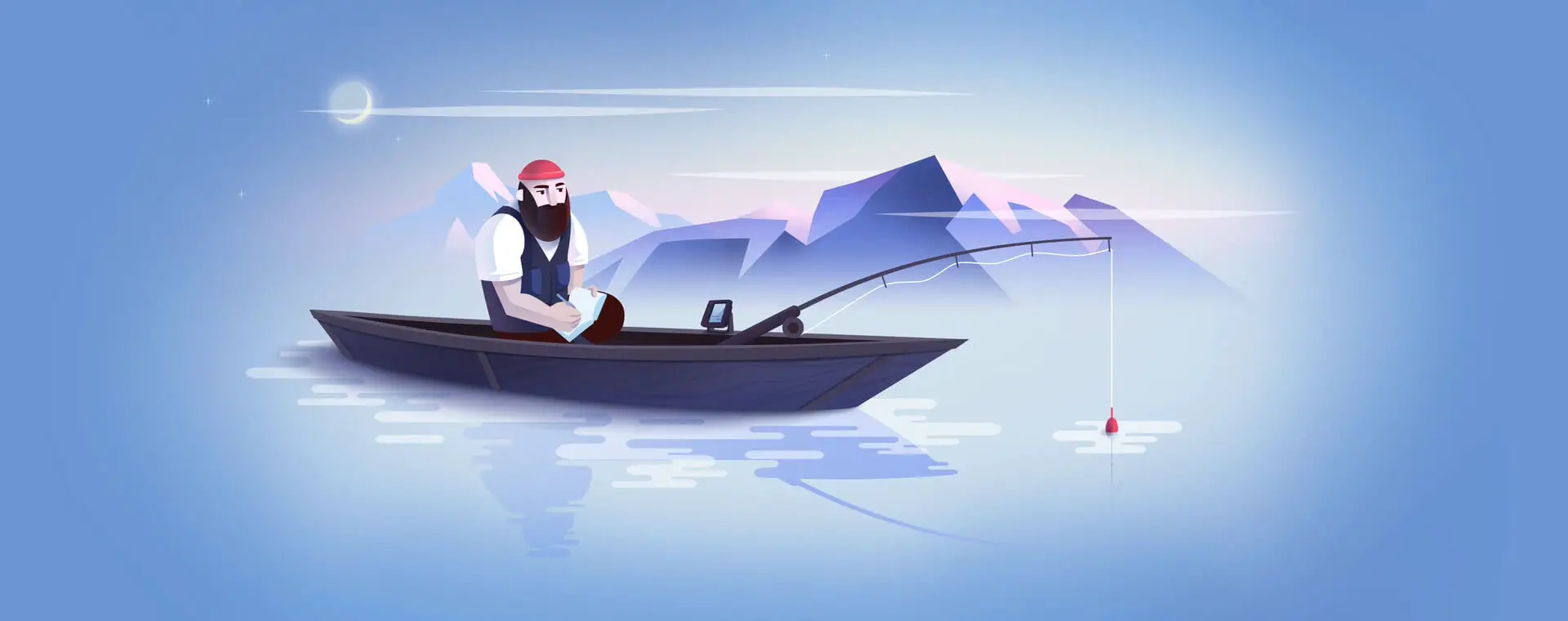How to Fish the Post-Spawn
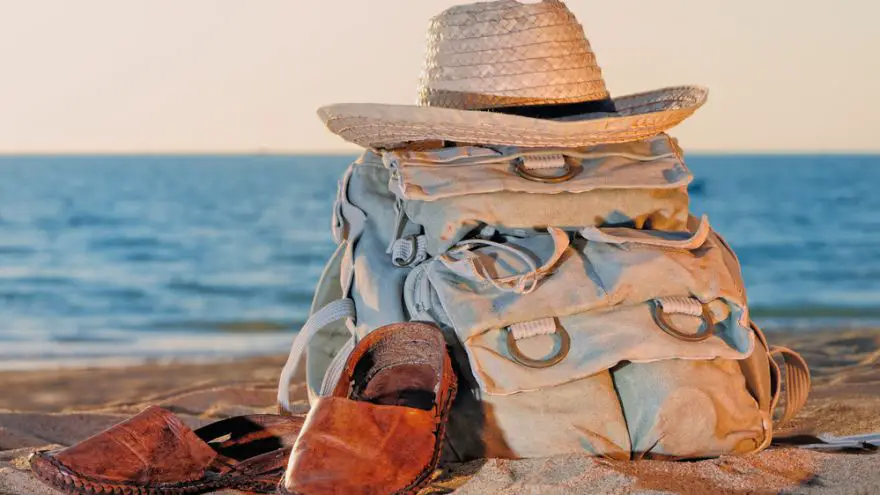 How to Fish the Post-Spawn
gearweare.net
How to Fish the Post-Spawn
gearweare.net
Like all good things, sooner or later the spawn has to come to an end. For many, they will lay down their fishing poles and move on to other activities. Let’s face it, the bite is slower, the weather hotter and it can be downright frustrating to catch anything at all. Personally, I think of the post-spawn as ‘normal fishing’ season. For me, the spring and the fall are like holidays that make catching fish easier, sometimes ridiculously easier.
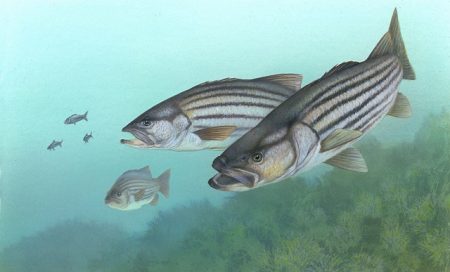
It does not all have to be doom and gloom though. In many ways, once the bass move out of the shallows and into deeper water they become easier to figure out. They become the structure hugging creatures that we all know and love and catching them can be a rewarding experience. Most anglers would agree that fishing is solving puzzles, if nothing else, and it is the post-spawn where you are put to the test when it comes to solving these puzzles.
Initially, bass will continue to hang around the shallows even after they are finished spawning. They are usually in the vicinity of their old nests as if they are not really sure what to do with themselves or as if they cannot believe that their spawning is actually finished. Undoubtedly, the spawn is a traumatic time for female bass and it is physically tolling on them. They eat little, spend nearly 24 hours per day trying to protect their nests and get lure after lure dropped on their heads as fishermen try to add to their problems.
The time to start catching them
They can still be caught for two or three weeks in these areas and are now trying to recover their energy and health. They will feed more readily than sitting on their nests because unlike the spawn, they are feeding for the sake of eating. Spawning females on nests are typically striking out in defense and not hunger. Weightless worms and plastic jerk baits work well during this time period as often the fish are hiding under matted grass and algae blooms. Somethin weedless is certainly in order.
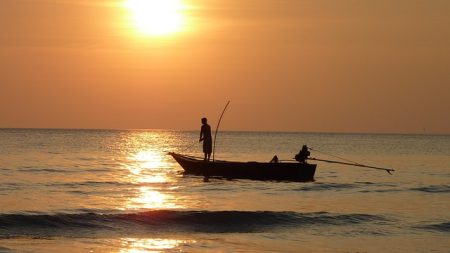
Bass also stay close to the shallows during the bluegill spawn, which follows their own. In nature’s often tit-for-tat manner, they patrol the bluegill beds waiting for the little fry to hatch so that they can feed on them. Bluegill are easy to spot when they are spawning and are usually very close to the banks. You can be certain that there are large bass nearby who are routinely checking on the situation so that they don’t miss out on this once-a-year event.
Even after all of this, and the bass ultimately move into cooler and deeper waters, they will continue to feed but now we are in that time of year when mornings and evenings are best and you have to start putting on your thinking cap. Any structure becomes your friend and so do plastic worms on a Texas or Carolina rig. Jigs work well in the warmer months as well, particularly if they are jigged vertically along good cover.
While it is true that bass can become sluggish in the warm waters of summer, they are also more predictable and fairly easy to locate. A good place to begin is looking for places that fish can feed without spending a great deal of energy that would be required in chasing it down. Current that is being pushed against rocks is a good example. Many lakes have deep holes just off of rocky shores and when the wind or current is pushing against these rocks, bass will often sit in these deep holes and wait for the food to come to them.
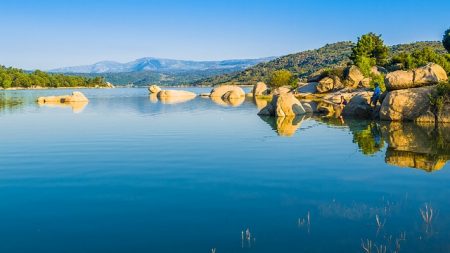
Steady currents are a great place to look for bass, particularly if there is cover and structure in the area that they can hide behind to get themselves out of the flow. They know that food is in that current and it becomes much easier for them to break cover when they see something that they like than to patrol around like catfish in search of it. This ‘ambushing’ makes them easier to find even without boat electronics. It doesn’t take a boat full of $3,000.00 worth of electronics to see a tree limb sticking out of the water alongside a steady current of water.
Another thing to keep in mind is that larger bass are more likely to feed at night, once the weather gets hot. The water is cooler and many of the bigger fish will not feed at all during the day. These are the big fish that you were catching with ease during the spawn that suddenly vanished. You can still get one here and there if you fish deep cover but biologically, they really prefer to eat at night and will be easier to catch then. Mark the good cover on your electronics or on a map and then return there after dark. Surface lures work well at night.
Warm weather fishing can be difficult but not impossible. Someone once told me that everyone is a professional angler during the spawn and I suppose that’s true. But through careful observation of your waters, learning the cover points that the bass prefer in that water and understanding their behavioral change, there’s no reason why you cannot continue to catch fish when others lose interest.





